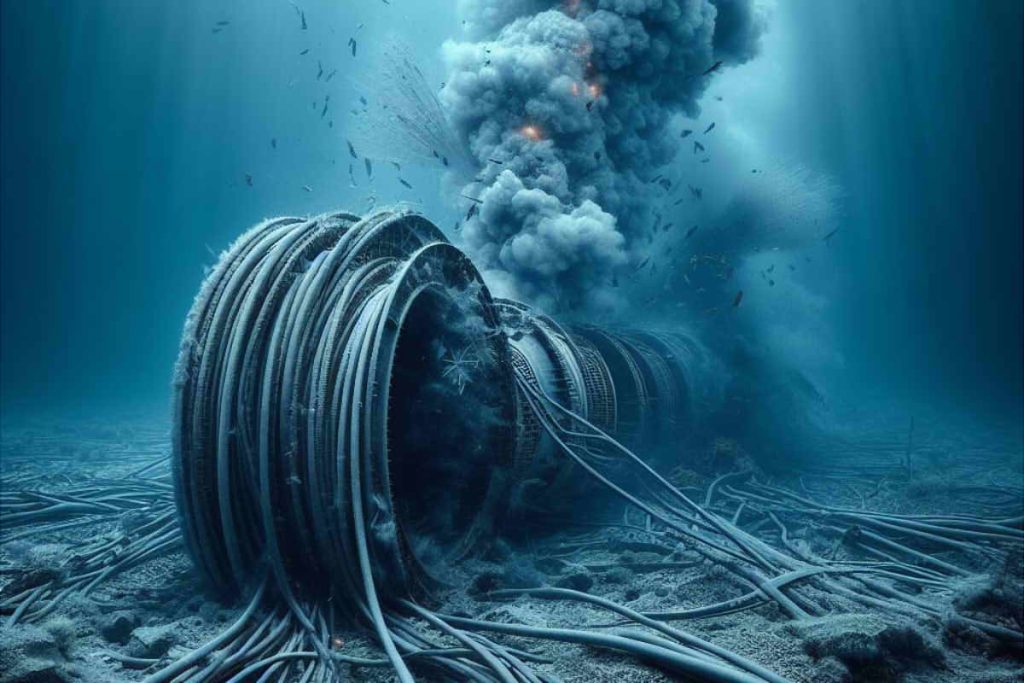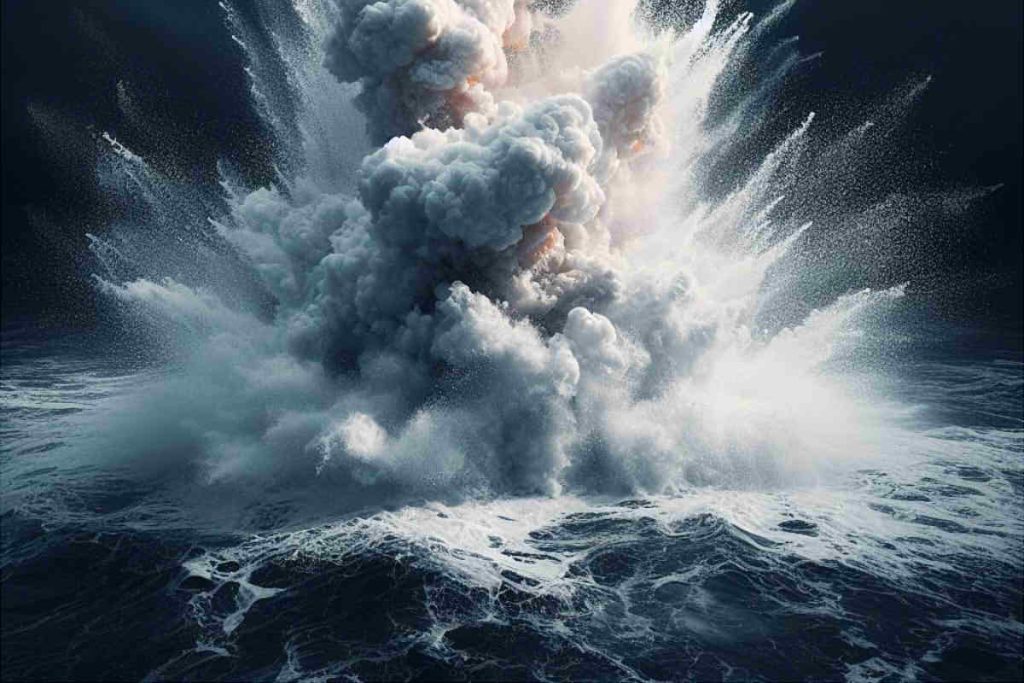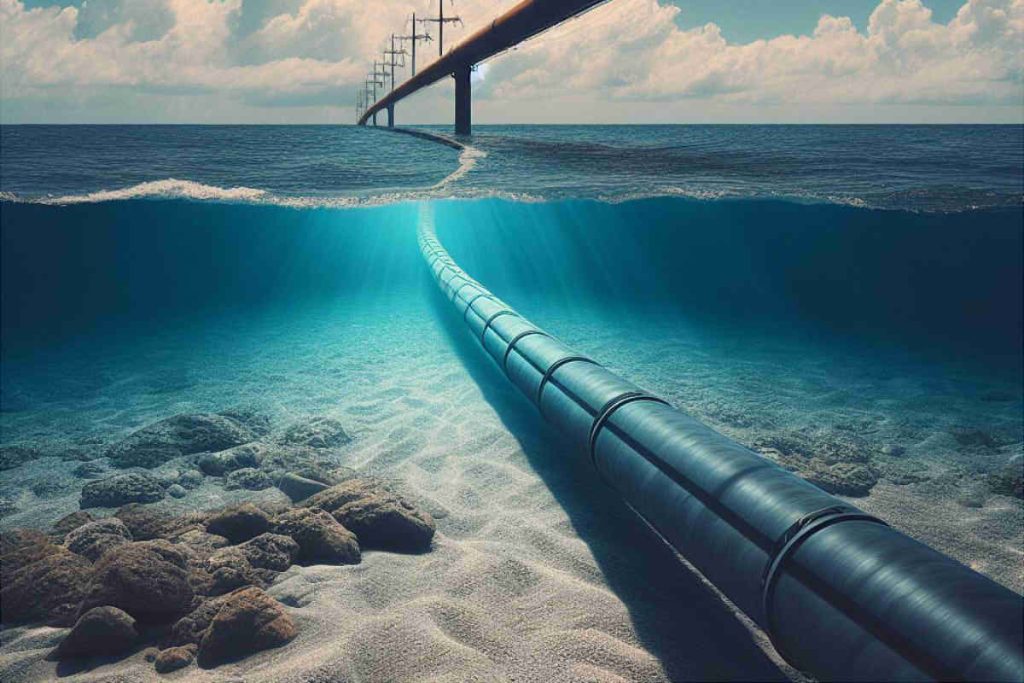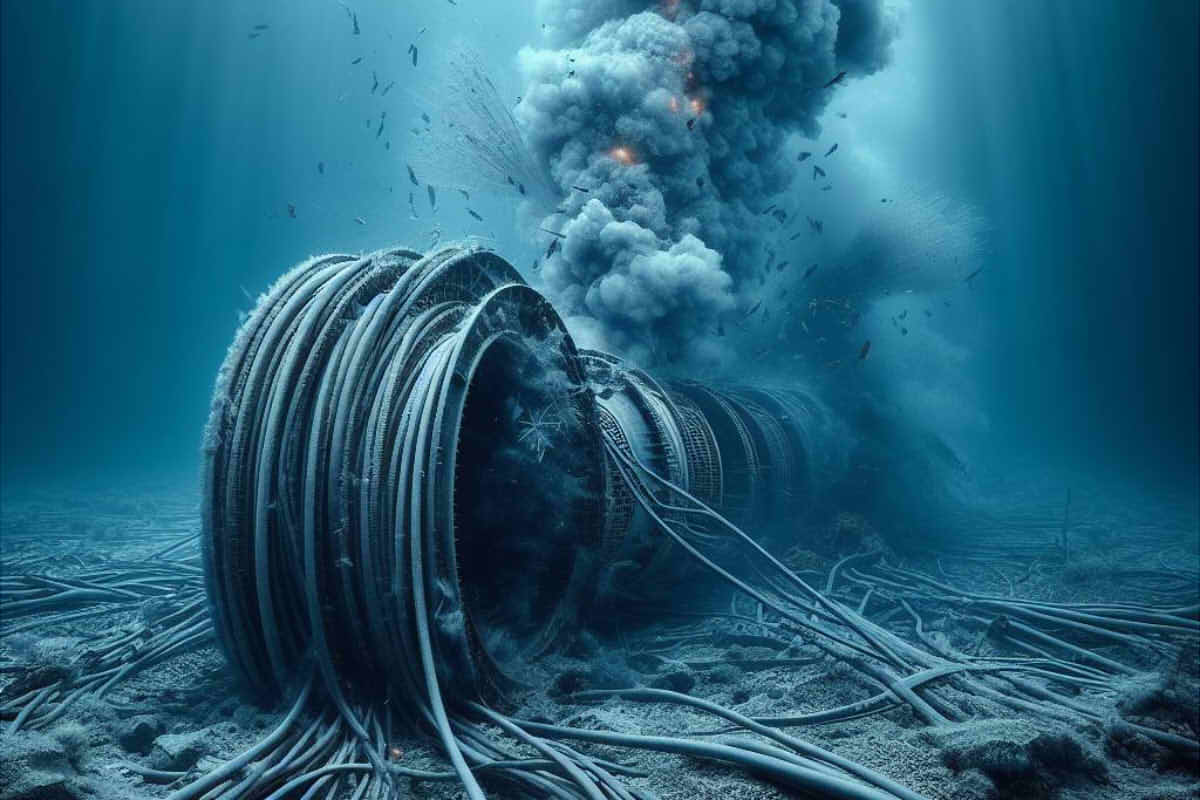In the Baltic Sea, a disturbing mystery has enveloped Finland, Estonia and Sweden in recent weeks. Reported incidents on the undersea cables connecting these countries have raised questions and fears about the security of communications and energy supplies in the region.. Were these damages caused by intentional acts or simple accidents??

Table of Contents
- Finland and Estonia: Multiple Incidents and Suspicions
- Suspicious Elements: Detected Explosions
- Estonia and Sweden: Damage Continues in the Region
- Connections and Consequences: Uncertainty Persists
- Threats to the Security of Underwater Cables
- Conclusion: An Enigma in Evolution
Finland and Estonia: Multiple Incidents and Suspicions
The 10 October, The Government of Finland made an announcement that left many perplexed: a natural gas pipeline and communications cable connecting Finland and Estonia across the Baltic Sea had been damaged. The cause behind this damage was still unclear., but suspicions of intentional acts began to circulate.
Estonian Defense Minister, Hannes Pevkur, pointed out that, according to images received by Estonian authorities, The damage to the gas pipeline was the result of causes “mechanical” Y “human”. Apparently, The damage was more significant than would be expected from common accidents..
The President of Finland, Niinistö, He also expressed his suspicions, stating that the damage to the gas pipeline and the communications cable “are probably the result of external activities”. Both governments launched joint investigations to unravel the mystery behind these incidents..
Suspicious Elements: Detected Explosions
One of the intriguing elements in this mystery was the detection of possible signs of an explosion near the gas pipeline when the leak occurred., according to the Norwegian Earthquake Research Center (NORSAR). According to data collected by seismic monitoring stations on the Finnish coast, to the 1:20 a. m. local time of 8 In October these possible explosions were detected. Nevertheless, The agency highlighted that there were high levels of uncertainty and that a more detailed analysis was needed.

This finding raises questions about the nature of the damage and whether anyone intended to cause it.. Nevertheless, Authorities have not yet reached definitive conclusions about who or what is behind these incidents..
Estonia and Sweden: Damage Continues in the Region
The 17 October, Sweden joined the puzzle with the news that an undersea telecommunications cable connecting Estonia across the Baltic Sea had also suffered partial damage.. This further increased concern in the region, as the events seemed to be interconnected in terms of time and location.
The Minister of Civil Defense of Sweden, Carl-Oskar Bohlin, declared that the cable under the sea between Sweden and Estonia was damaged apparently around the same time as the incidents with the cables and pipes connecting Finland and Estonia.. Nevertheless, as in the previous cases, The cause of this damage is still unclear..
The Estonian Ministry of Economy indicated that the interruption of this cable owned by Sweden took place within Estonian territory, to some 50 kilometers north of the island of Hiiumaa in Estonia. Telecommunications services were reportedly restored in the following days.
Connections and Consequences: Uncertainty Persists
Recent events have led to increased vigilance and concern in the Baltic Sea region. The Swedish Defense Minister, Pål Jonson, stressed that they consider the security of key infrastructure as a top priority and are taking the current situation seriously. Despite the relatively small magnitude of the damage to the submarine cable line between Sweden and Estonia, Uncertainty persists about the cause of these incidents and their relationship to problems in telecommunications and gas cables and pipelines between Estonia and Finland..
The Press Secretary of the Russian Presidency and spokesperson for the Kremlin, Peskov, declared the 11 November that the news was worrying and that there had been a “dangerous precedent” in the Baltic Sea, namely, the explosion in September 2022 of the Nord Stream gas pipeline.
Threats to the Security of Underwater Cables
The security of submarine cables is a growing global concern. These communication and energy supply networks are essential for international connectivity and the functioning of modern society.. Recent incidents in the Baltic Sea highlight the vulnerability of these critical infrastructures.

Dependence on Underwater Technology
Much of global communications and data traffic is transmitted via undersea communications cables.. These cables are vital for internet connectivity, international trade and communication between countries. Damage or disruption to these cables can have significant consequences., both economic and political.
Vulnerability to Malicious Acts
Recent incidents in the Baltic Sea highlight the possibility of these cables being targeted by intentional acts. Given its strategic location and the importance of the region for Europe, There is growing concern about the security of these infrastructures. States and non-state actors could view undersea cables as potential targets in cyber or geopolitical conflicts..
Need for Greater Protection
The recurrence of damage to underwater communications cables highlights the need for greater protection and surveillance of these networks. Governments and companies that operate these cables must take measures to ensure their safety, including the implementation of advanced monitoring systems and international collaboration to prevent incidents.
Conclusion: An Enigma in Evolution
The enigma of damage to underwater communications cables in the Baltic Sea remains unresolved.. As investigations progress, Uncertainty remains over whether these incidents were accidental or the result of malicious acts.. What is clear is that the security of critical infrastructures, like submarine cables, must be a priority in a world increasingly dependent on global connectivity.
The Baltic Sea region, with its rich history and geopolitical importance, is in a moment of intrigue and concern. Solving this puzzle could have significant implications for cybersecurity, international cooperation and the protection of critical infrastructure around the world. As more details about these mysterious damages are revealed, We will remain attentive to the implications and responses that arise.

